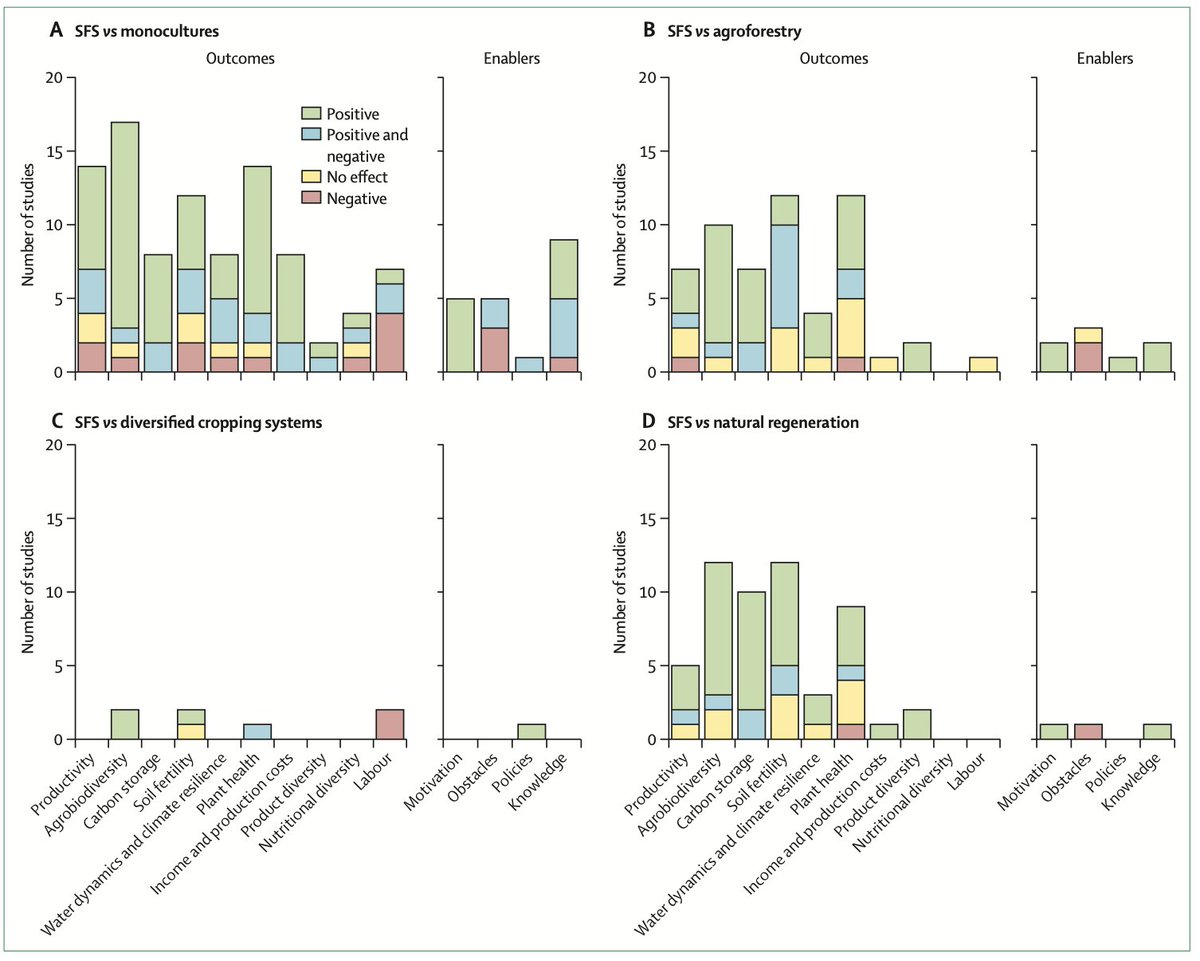In 1920s, an Austrian forester developed theories about trees so radical they challenged what science thought it knew about forests
Viktor Schauberger claimed trees were bio-electrical condensers processing cosmic energy whose destruction would trigger civilization's collapse
Viktor Schauberger claimed trees were bio-electrical condensers processing cosmic energy whose destruction would trigger civilization's collapse

Schauberger viewed trees as "powerhouses for transforming energy" that mediate between Earth and cosmic forces.
Working in virgin forests, he observed trees as living participants in Nature's subtle energies, forming an interconnected trinity with water and soil.
Working in virgin forests, he observed trees as living participants in Nature's subtle energies, forming an interconnected trinity with water and soil.

His most controversial theory proposed trees function as biological capacitors.
Electrical charge density increases from outer bark toward the inner core, with energy concentration highest at branch and root tips. Annual growth rings act as "dielectric separators".
Electrical charge density increases from outer bark toward the inner core, with energy concentration highest at branch and root tips. Annual growth rings act as "dielectric separators".
Later experiments using copper probes reportedly detected significantly high electrical charges in living trees, providing empirical support for these claims.
The cylindrical structure of trees, Viktor argued, creates an ideal biological condenser system.
The cylindrical structure of trees, Viktor argued, creates an ideal biological condenser system.
Schauberger described plants as having "perception and memory."
He observed how water responded to forest presence, leading him to conclude trees and water engage in communication transcending mechanical interactions.
He observed how water responded to forest presence, leading him to conclude trees and water engage in communication transcending mechanical interactions.
Schauberger introduced "dynagens" and "qualigens"—higher-dimensional energetic substances that healthy trees generate through spiraling energy pathways.
These "ethericities" with high frequencies and formative potencies spiral upward within trees.
These "ethericities" with high frequencies and formative potencies spiral upward within trees.

His warnings about forest destruction proved prophetic.
"Every economic death of a people is always preceded by the death of its forests," he declared.
He claimed modern timber production "arrested the pulsebeat of the Earth" by disrupting natural energy circulation.
"Every economic death of a people is always preceded by the death of its forests," he declared.
He claimed modern timber production "arrested the pulsebeat of the Earth" by disrupting natural energy circulation.
Schauberger didn't mince words in his critique of monoculture forestry.
He argued single-species plantations forced trees into unnatural competition, creating "green deserts" unable to convert the full spectrum of solar energy, resulting in ambient heat and ecological imbalance
He argued single-species plantations forced trees into unnatural competition, creating "green deserts" unable to convert the full spectrum of solar energy, resulting in ambient heat and ecological imbalance
In natural forests, different species cooperate rather than compete, with "one species fostering the growth and development of another."
This cooperation maintains the integrated harmony that monocultures destroy through artificial competition.
This cooperation maintains the integrated harmony that monocultures destroy through artificial competition.
His tree-water-energy theory proposed that forest shade keeps soil cool, allowing deep water penetration.
Trees create "juvenile immature water" through "cold oxidation" at the +4°C anomaly point, where hydrogen combines with oxygen deep in soil.
Trees create "juvenile immature water" through "cold oxidation" at the +4°C anomaly point, where hydrogen combines with oxygen deep in soil.
This new water rises through trees, absorbing minerals and becoming "mature" and "information-rich."
Schauberger described this process as fundamentally different from conventional plant physiology, involving metabolic conversion of carbonic acid to CO2 bubbles acting as plugs
Schauberger described this process as fundamentally different from conventional plant physiology, involving metabolic conversion of carbonic acid to CO2 bubbles acting as plugs
He predicted forest destruction would trigger global warming, water shortages, desertification, and even increased violence—claiming disrupted natural energy flows would directly affect human behavior and mental health. These seemed extreme in his era.
Schauberger's theories anticipated modern ecological concepts like mycorrhizal networks and forest communication.
His warnings about monoculture forestry and emphasis on biodiversity have proven remarkably prescient in current forest management debates.
His warnings about monoculture forestry and emphasis on biodiversity have proven remarkably prescient in current forest management debates.
Though his claims about tree consciousness and energy systems remain unproven by conventional science, Schauberger’s holistic view of forests as interconnected, energy-processing systems remains relevant in our understanding of forestry and ecological interconnectedness.
• • •
Missing some Tweet in this thread? You can try to
force a refresh













